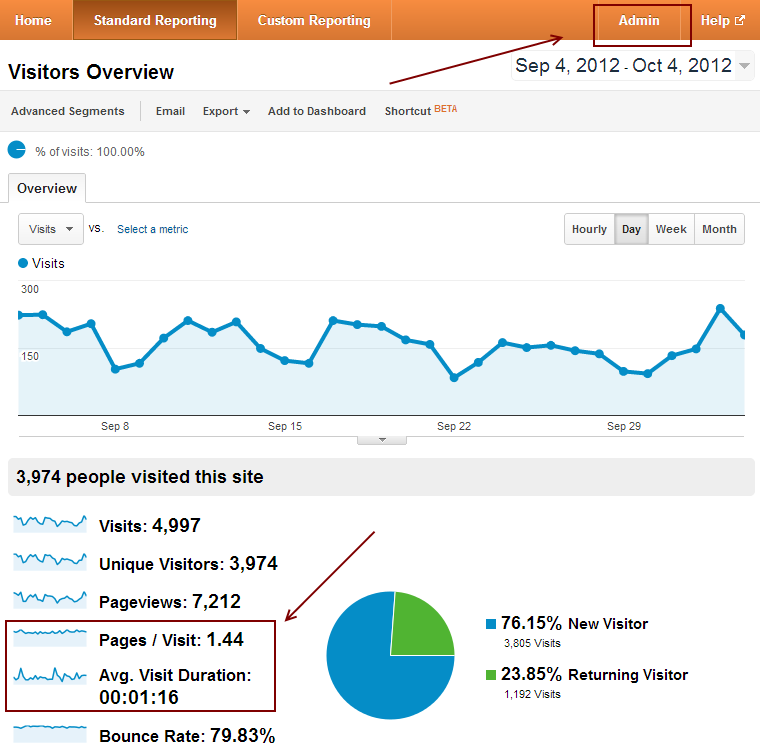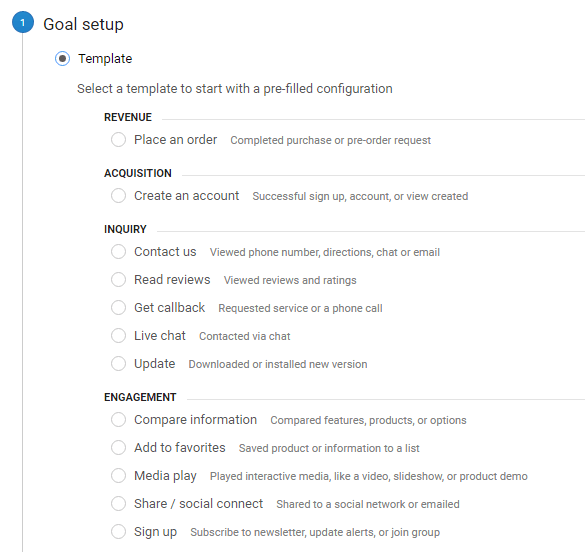What Data Is Google Analytics Goals Unable to Track and Why
What Data Is Google Analytics Goals Unable to Track and Why
Blog Article
Revealing the Blind Destinations: Comprehending What Google Analytics Goals Can not Determine
In the world of digital analytics, Google Analytics stands as an effective tool for monitoring and evaluating on-line customer communications. Amid its durable abilities, there exist blind places that frequently escape dimension. what data is google analytics goals unable to track. Understanding what Google Analytics objectives can not determine is vital for obtaining a detailed sight of individual behavior and engagement. As we dig right into the complexities of these dead spots, we reveal a complex internet of uncharted territories that hold beneficial understandings into customer actions and motivations, tough conventional knowledge and clarifying the limitations of our data-driven understanding.
Customer Habits on External Platforms
Recognizing just how users communicate on external systems is important for optimizing on the internet approaches. Exterior systems, such as social media networks, reference internet sites, and online discussion forums, play a significant function in driving traffic to a business's site. By evaluating individual actions on these systems, organizations can gain valuable insights into the efficiency of their advertising and marketing efforts and the choices of their target market.
One key aspect of individual behavior on outside platforms is the referral source. By tracking where the individuals are originating from, companies can identify which platforms are driving one of the most traffic to their site. This info can aid firms designate their resources much more properly, concentrating on the platforms that generate the most effective outcomes.

Offline Conversions and Interactions
Assessing individual habits on exterior systems offers important insights into on-line approaches; nevertheless, taking into consideration offline conversions and communications is equally crucial for a thorough understanding of a business's general efficiency. While Google Analytics excels at tracking on-line communications, it drops brief in recording the total client trip that often includes offline touchpoints. Offline conversions, such as in-store purchases or phone queries, play a considerable function in many companies' success. Ignoring these interactions can result in an altered view of the effectiveness of advertising and marketing campaigns and overall business efficiency.

Acknowledgment Beyond Last Click
When delving have a peek at these guys into the world of electronic advertising analytics, it becomes vital to look beyond the single touchpoint of the last click for a much more extensive understanding of attribution. While Google Analytics supplies important insights into user behavior, counting solely on last-click acknowledgment can be restricting - what data is google analytics goals unable to track. Attribution versions that exceed the last click offer an extra nuanced sight of the consumer journey, considering all the touchpoints that lead to a conversion
Acknowledgment past the last click permits online marketers to designate credit scores to various interactions along the conversion course, offering a more clear image of the performance of different advertising and marketing networks. By checking out multi-touch attribution versions such as straight, time degeneration, or position-based attribution, companies can better assign their marketing budgets and maximize their approaches for optimal impact.
Understanding the impact of each touchpoint in the conversion procedure is vital for making educated choices and making best use of ROI. By welcoming attribution past the last click, services can acquire deeper understandings right into consumer behavior and tailor their marketing efforts better.
Cross-Device and Cross-Browser Monitoring

Similarly, cross-browser tracking complements cross-device monitoring by recording customer habits as they switch between different internet internet browsers. Comprehending exactly how individuals communicate with websites on numerous web browsers can assist marketers enhance their on the internet experiences to guarantee uniformity and functionality across different systems.
Qualitative Information and Customer Intent
Understanding customer intent via qualitative data evaluation is crucial for creating targeted digital advertising methods that resonate with the demands and choices of the target market. Qualitative information provides understandings right into the 'why' behind customer actions, clarifying motivations, feelings, and choices that measurable information alone can not record. By analyzing individual feedback, remarks, and interactions, marketers can reveal important info concerning user intent, allowing them to tailor their messaging, web content, and offerings to better align with what their target market is looking for.
Qualitative information also helps in understanding the context in which customers engage with a website or application. This contextual understanding allows marketers to develop more relevant and personalized experiences, inevitably driving greater involvement and conversion prices. By diving into customer intent through qualitative data evaluation, companies can acquire a much deeper understanding of their target audience, causing more effective marketing approaches that satisfy customers' expectations and requirements.
Conclusion
Finally, Google Analytics objectives have constraints in measuring individual actions on external platforms, offline conversions, acknowledgment beyond last click, cross-browser and cross-device monitoring, and qualitative information connected to user intent. what data is google analytics goals unable to see track. It is important for organizations to be familiar with these blind places in order to supplement their information evaluation with various other tools and methods to gain an extra comprehensive understanding of their target market and boost their total digital advertising approaches
By evaluating customer actions on these systems, businesses can acquire beneficial insights into the efficiency of their advertising and marketing initiatives and the choices of their target audience.
Analyzing customer behavior on external platforms supplies useful understandings into on-line approaches; however, considering offline conversions and interactions is similarly critical for a thorough understanding of a business's total efficiency.In digital advertising and marketing analytics, moving past last-click attribution to explore cross-device and cross-browser monitoring is necessary for obtaining a holistic understanding of customer communications throughout various systems and tools. By evaluating user feedback, remarks, and communications, marketers can reveal valuable details about user intent, permitting them to customize their messaging, material, and offerings to better align with what their audience is looking for.
By diving into user intent through qualitative information analysis, companies can get a deeper understanding of their target audience, leading to much more effective marketing strategies that fulfill users' assumptions and requirements.
Report this page